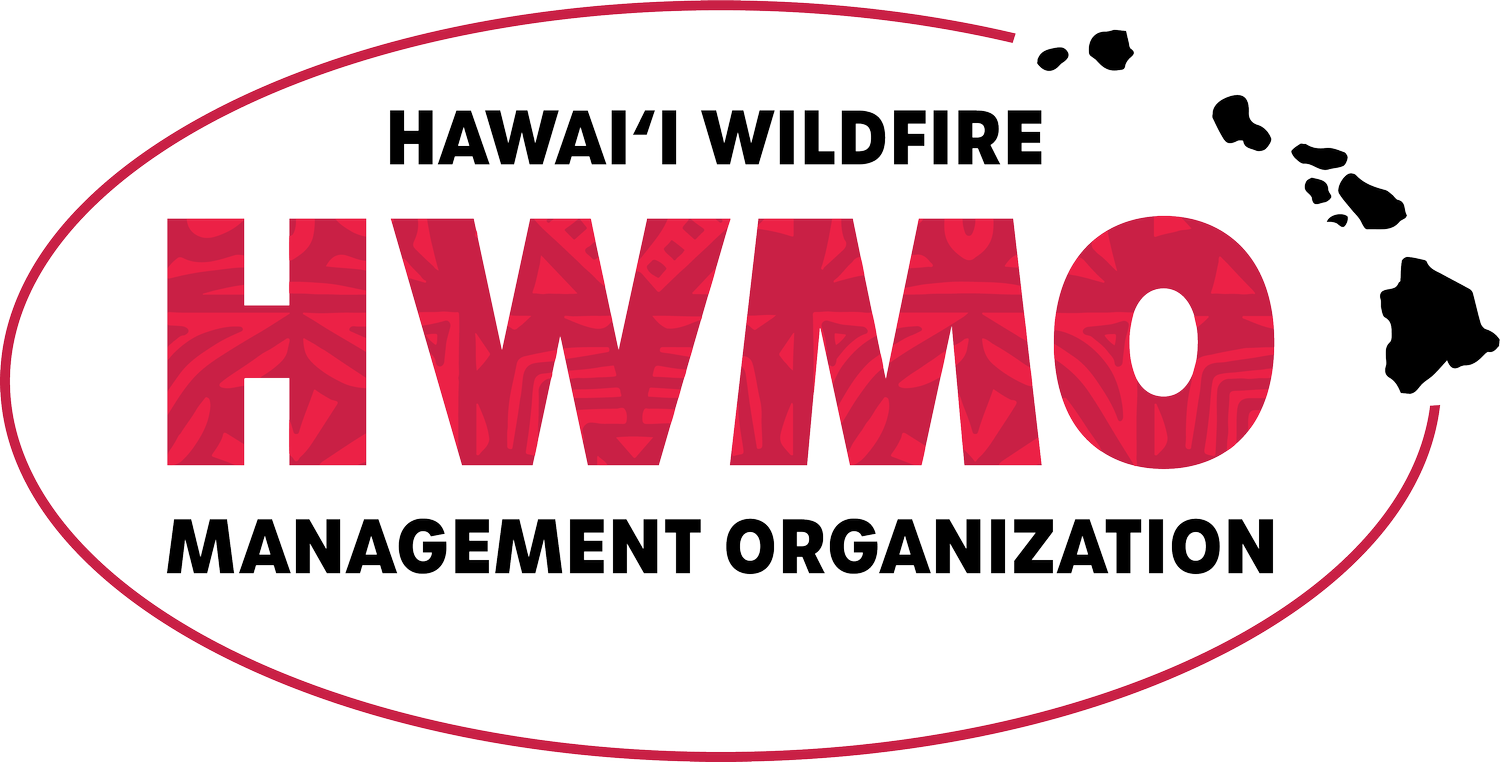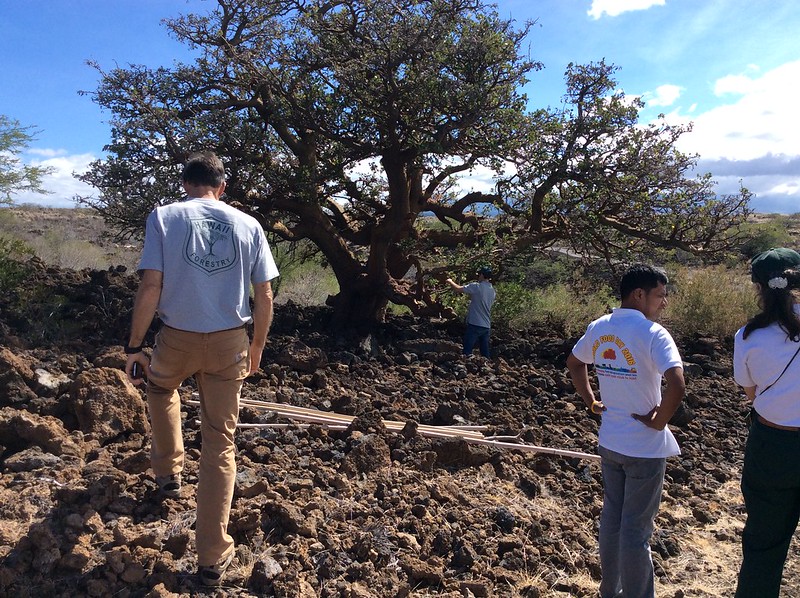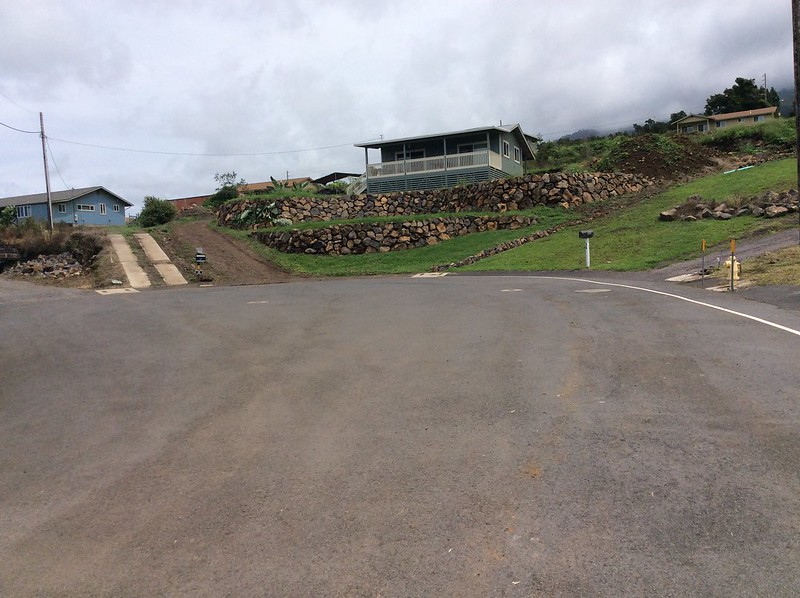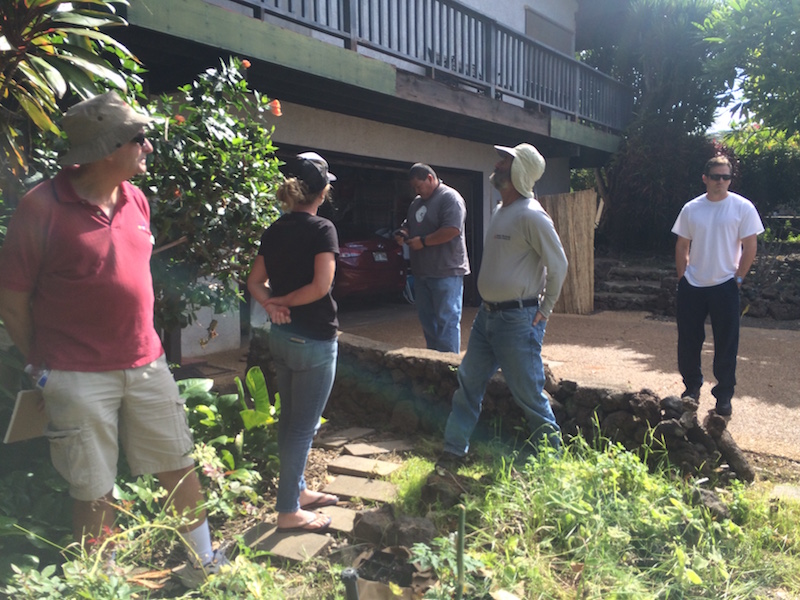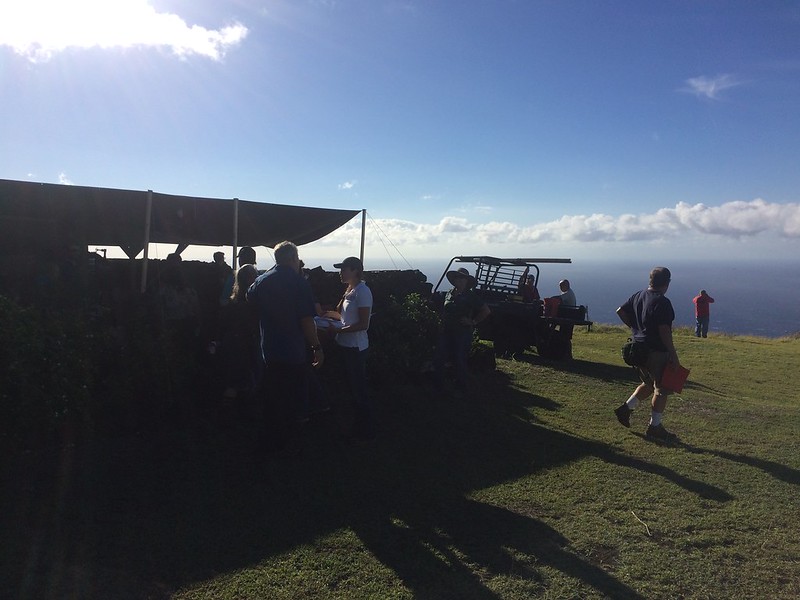Native wiliwili tree at the Waikoloa Dry Forest Preserve.
Hawaii’s forests are some of the most novel ecosystems in the world. A blend of native, many endemic or restricted to a certain area, and non-native plants from around the world make for complex systems and thus complex challenges. Over 97% of Hawaii’s dryland native forests have disappeared over the years, much in part due to wildfires. Scientists, foresters, non-profit organizations, community members, and others across Hawaii have made it their careers and live’s work to protect and restore the native forests that are so dear to our islands’ residents and visitors.
The Western Forestry Leadership Coalition (WLFC) “is a partnership between Western state and USDA Forest Service leaders working toward the sustainable management of Western forests.” The Pacific Islands Forestry Committee (PIFC), a group that is part of the larger WFLC network, held a field tour on Hawaii Island on October 25 to visit various forest restoration sites and community projects. HWMO’s Pablo Beimler joined the field tour in the afternoon when the group visited the Waikoloa Dry Forest Preserve. The beautiful native forest preserve is a project of the Waikoloa Dry Forest Initiative, a long-time partner of HWMO. Ms. Bev Brand, a founder of the project and member of the Waikoloa Fire Management Action Committee, led the group of foresters from Hawaii, Guam, California, and other parts of the Western U.S. and Pacific through the growing forest. The topic of wildfire was brought up many times — fire is one of the greatest concerns to the preserve. In the last few years, HWMO has partnered with WDFI to create and maintain fuelbreaks to protect the rare and endangered plants of Waikoloa.
Mark Gordon talks to field tour participants on behalf of Waikoloa Fire Management Action Committee.
Following the dry forest preserve site visit, the group caravanned to the northeastern edge of Waikoloa Village. With a view of the vast fire fuels of South Kohala that run to the edge of homes and the community fuelbreak installed with HWMO’s assistance over a decade ago, Pablo told the history of fire management in the area. The winds blew at high speeds that day, which added not only drama, but a good teaching moment: winds are the driving factor of large wildfires in South Kohala. Pablo then passed the reigns over to Mr. Mark Gordon, HWMO Fundraising Committee member and chair of the Waikoloa Village Fire Management Action Team. Mark shared about Waikoloa’s recent efforts toward Firewise Community Recognition — as of 2016, Waikoloa Village could very well become the largest Firewise Community in the state!
Mahalo to Hawaii Division of Forestry and Wildlife and Pacific Islands Forestry for inviting us to share on the field tour!
